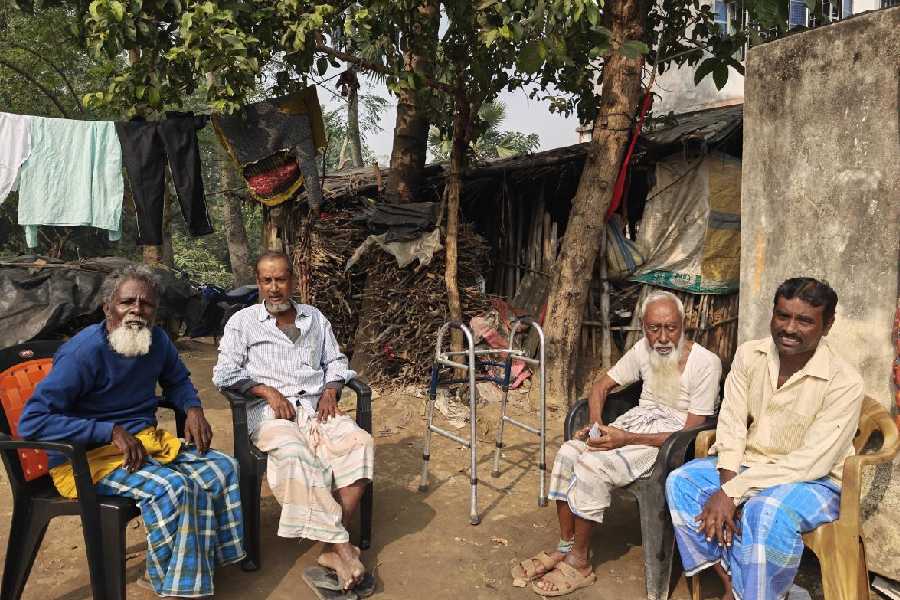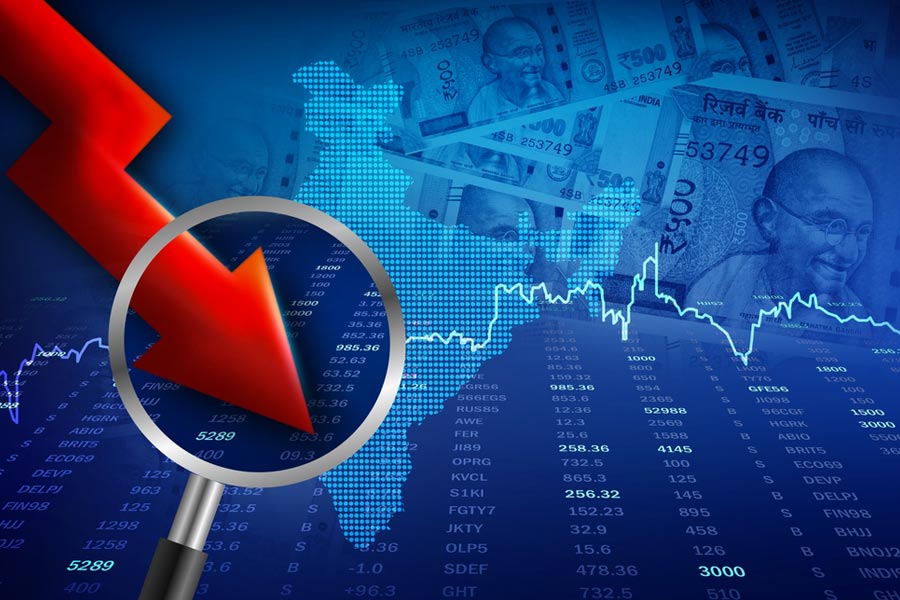Suicide remains one of the leading causes of death globally. According to the Human Development Report 2021/22, more than seven lakh people die by suicide every year. Worryingly, the world’s burden of suicide mortality is borne by low and middle-income countries — over 77 per cent — which establishes a correlation between suicide and poverty. There are other pointers. The report prepared by the United Nations states that more men die by suicide, although more women attempt to take their own lives. The gender underpinning is not a recent phenomenon. A possible reason for this is that embedded discrimination makes women more vulnerable to mental ailment, while conservatism regarding seeking treatment in toxic, masculine cultures is responsible for a high mortality rate among men. It is possible that there is undercounting of suicides on account of its criminalisation or lack of legal-medico infrastructure. The HDR report also highlighted that suicide is the second leading cause of death in the age group of 15-29 years. National Crime Records Bureau data have also been registering a consistent spike in suicide rates in this age group. The upward trend has been linked to the alarming rise in the use of technology among youth which has led to increasing cases of cyberbullying, loss of self-esteem and so on. However, a study conducted by the National Institutes of Health in the United States of America concluded that while technology is a causal factor, it is not the sine qua non for worsening mental health of the youth. There is thus a case to deepen the enquiry.
What takeaways are there for India whose suicide rate is notably higher than the global average? India reported its highest number of suicide deaths in 2021, recording a 7.2 per cent increase over the previous year: a devastating public health crisis — the pandemic — and persistent economic challenges may have been instrumental causes. Concerted strategies for prevention, which include building inclusive mental health infrastructure, training more professionals, and increasing residential and community services must be adopted. India, incidentally, has 0.75 psychiatrists for one lakh patients. De-stigmatising mental health is crucial for prevention: but the provisions of the Mental Healthcare Act, 2017 have not been evenly implemented across states. Taken together, these interventions may lead to a comprehensive approach to ensuring the mental well-being of citizens.










